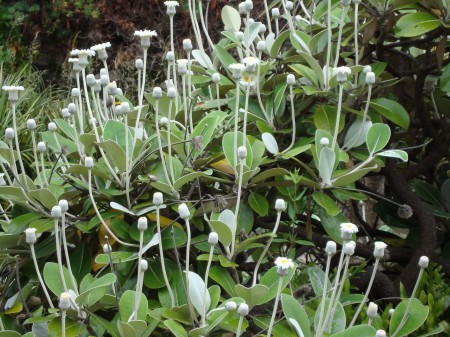Natural Remedy For Arthritis, Osteoporosis, Soft Bones
Boron Is Essential For Health
It is a fact that diseases can result from deficiencies of certain minerals and vitamins in the diet.
Disease can result, too, from exposure to herbicides, pesticides, and other harmful chemicals. Agents in these poisons can cause sudden depletion of certain minerals in our bodies, as well as having a harmful, residual effect.
So, let us not use any harmful chemicals, and concentrate on improving the quality of our pastures, animal health, and vegetables by supplementing essential organic elements, so that we all stay healthy.
We need only small amounts of certain trace elements, but if these essential trace elements are lacking in our food, then we get sick.
Take a look at how cattle can develop arthritic symptoms, osteoporosis and soft bones when they do not have enough Boron in their diets See how well they recover when given the correct treatment – a boost of Boron to their feed, and some of it applied to the soil.
It stands to reason, then, that the same goes for people – disease can often be cured by taking supplements of the minerals which are lacking in our diets.
Pat Coleby’s book, entitled ‘Healthy Cattle Naturally’, which was published in 2002 by ‘Landlinks Press’, Collingwood, Vic., Australia, gives valuable insights into mineral and vitamin deficiencies of animals. You can still purchase the book, hopefully, by emailing [email protected]
This is a very technical book which would be of interest to all farmers and orchardists interested in improving their soil and the health of their animals through natural, organic means.
But for the lay-man, we can glean so much useful information from this book, as the nutritional science which works for the soil and animals is the same one which works for us.
For many years, Pat has kept a heard of milking-goats which he has kept healthy by adding borax and other minerals to their feed, and sea-weed to the soil on which they graze.
In ‘Healthy Cattle Naturally’, Pat Coleby describes how cattle also become sick when their diets consist of too little Boron. He says that around Bendigo, in Victoria, Australia, where the soil has low readings for Boron, all stock suffer arthritis unless the deficiency is addressed.
Because his soils were so deficient in Boron, causing his goats’ joints to creak badly, Pat found it necessary to dose his goats with a little Borax each week to correct the deficiency. He says on page 90, ‘I had to add 1 teaspoon a week of Borox per 30 head of goats.’ I think he may mean that he used 1 teaspoon per goat per week, as a little further on, he says that dairy cattle, although needing less Boron than goats, sometimes needed to have a boost of ‘about 5g (a teaspoon) per head’, which was added to the feed just once each week ‘with beneficial results’.
Sea-weed and Borax, the Sources of Boron:
Sea-weed: The easiest remedy for a Boron deficiency in the soil is sea-weed. Sea-weed is rich in Boron, Cobalt, Zinc, Iodine, and Selenium, which are all trace elements necessary for the health of soil, farm animals, plants, and people.
Benefits of Kelp in the Diet: You can see how valuable the daily addition of Boron-rich kelp to our diets will be, for helping to prevent such conditions as arthritis, osteoporosis and other bone troubles.
Borax as a Supplement: The other method of curing a Boron deficiency in animals and soil is to use Borax, sodium borate. Sometimes it is necessary to supplement this as well as sea-weed, when the soil is extremely depleted of Boron.
One has to question the quality of the soil on which our supermarket vegetables have been grown. If our vegetables are low in Boron, and other essential trace elements, then, over time, we are likely to develop arthritis and other maladies, just like the cattle and goats around Bendigo.
Pat says that soils which are low in Boron are hard to grow good food on. The ears of wheat do not fill out properly, leaving the lower part of the wheat ear undeveloped. Fruit and nut trees do not thrive. Legumes and lucerne, or alfalfa, will not grow in Boron deficient soil, or soil which is low in Magnesium or Calcium.
Dolomite powder is the remedy for low Magnesium and Calcium.
Here is a mineral combination given by Pat as a general base lick to keep animals healthy. He advises keeping it around for stock to partake of. He also keeps rock salt available for stock to lick. They apparently take just the right amount needed of the lick and the salt.
Dolomite 25 kilograms
Copper Sulphate 4 kilograms
Yellow dusting sulphur 4 kilograms
Seaweed meal which is urea free 4 kilograms
He insists that the lick must not be allowed to get wet, as the copper content is lost very quickly if it gets rained on.
My new book is available on Amazon:







